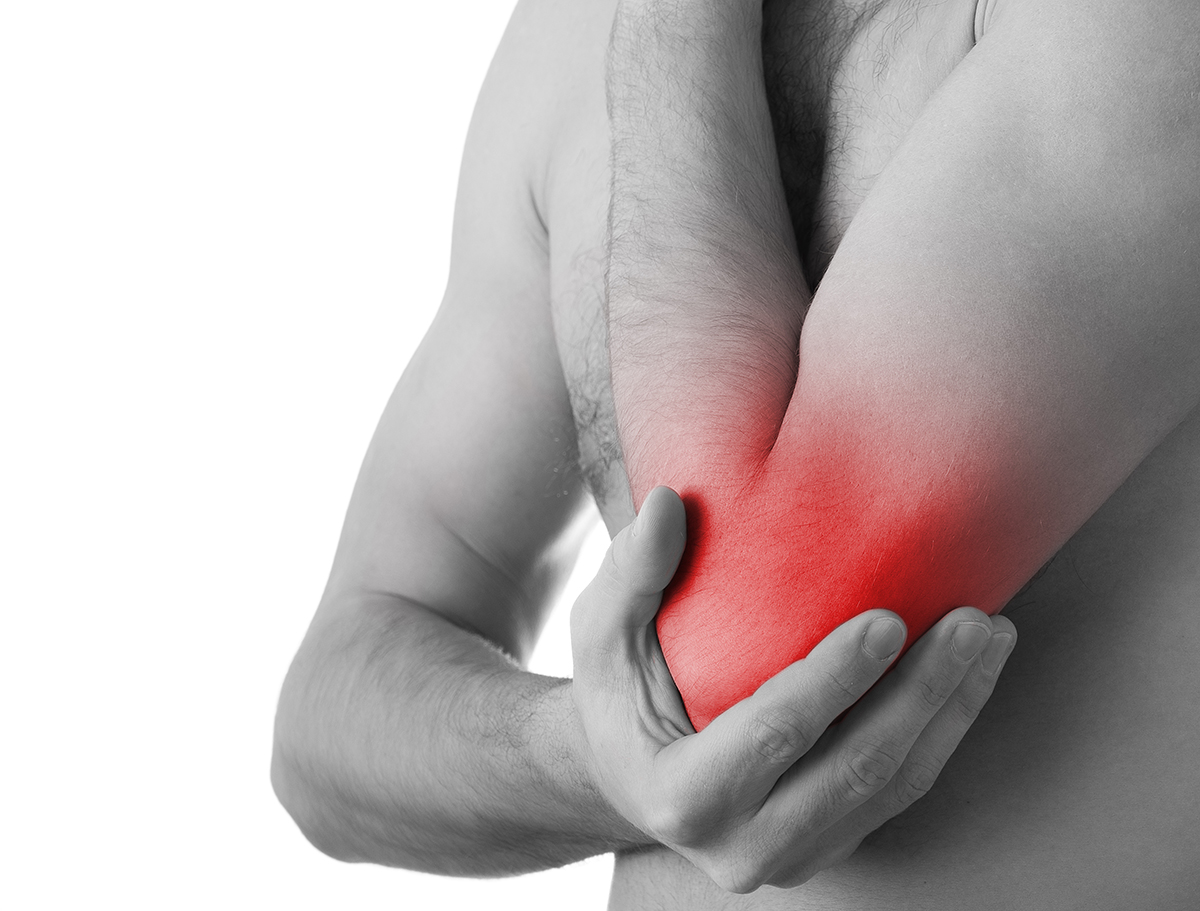Bursitis
Many times you experience pain an swelling in your knees, elbows and hips that is hard to explain and difficult to pinpoint. This ambiguity can lead to a prolonged diagnosis time. However, next time these symptoms hit, ask your doctor about bursitis. Bursitis is an inflammation of the bursae which are the fluid-filled sacs in the joints that decrease friction and provide a cushion for the bones, ligaments and skin. Bursitis can effect evert joint in the body and can be classified as choric condition or result from an injury or infection. In addition it is very common in those over 40.
Causes
The leading cause of bursitis is repetitive, overuse on an area. While this can happen to athletes from repetitive throwing motions, for instance, it can also occur from every day activities like gardening, shoveling, or painting. Age is also an important factor since as you age, your tendons are not able to tolerate as much stress. Gout or other crystal diseases can also increase the occurrence of bursitis. Finally, infections that result from bacteria entering through a break in the skin can also can cause bursitis.
Symtoms
The most common systems are pain and swelling the affected joint. Swelling is most prevalent in the joints that are closest to the surface of the skin such as the elbows and knee caps. The joints such as the shoulders, hips, and inner knees may be harder to spot swelling. In addition, actively moving the joint can cause increased pain. The pain associated with bursitis is very localized and pain is felt directly over the affected area. In severe cases, range of motion in the joint will be limited.
There are varying levels of bursitis, some of which can be quite dangerous. If you suspect bursitis and there is redness, and a warm feeling, and you are running a fever, it is important to contact a doctor. The infection may have spread to the blood.
Diagnosis
Many doctors will be able to diagnosis bursitis without running many tests. A physical examination is normally sufficient to determine the cause of the pain. If other joint diseases are suspected a doctor may suggest imagining such as an MRI or an ultrasound to make a diagnosis.
Prevention
Since the leading cause of bursitis is overuse, it is important be aware of any repetitive motions that you do in your daily life. If you are just starting an exercise routine, make sure to build up slowly and you do not overexert yourself at the beginning. Gradually building up your routine will ensure your joints are protected and you don’t experience any exercise related injuries.
Treatment
The main goal of treatment of bursitis is to relieve pain and inflammation while protecting against future flare ups. Anti-inflammatory medications are recommended to help relieve pain and swelling. If swelling is severe, a doctor may recommend steroid injections. Finally, to protect the joints against future injury and from worsening the current injury it is important to modify or eliminate the activity that led to the bursitis. This could mean staying out of the garden or not hitting the tennis court for a few weeks while your elbow heals.
If pain continues to persist, a visit to a physical therapist could be necessary. Physical therapy can help treat the symptoms as well as provide exercises to strengthening the area around the joint. A good stretching and strengthening routine can help you regain a full range of motion in the affected joint while preventing against future injury as well.





